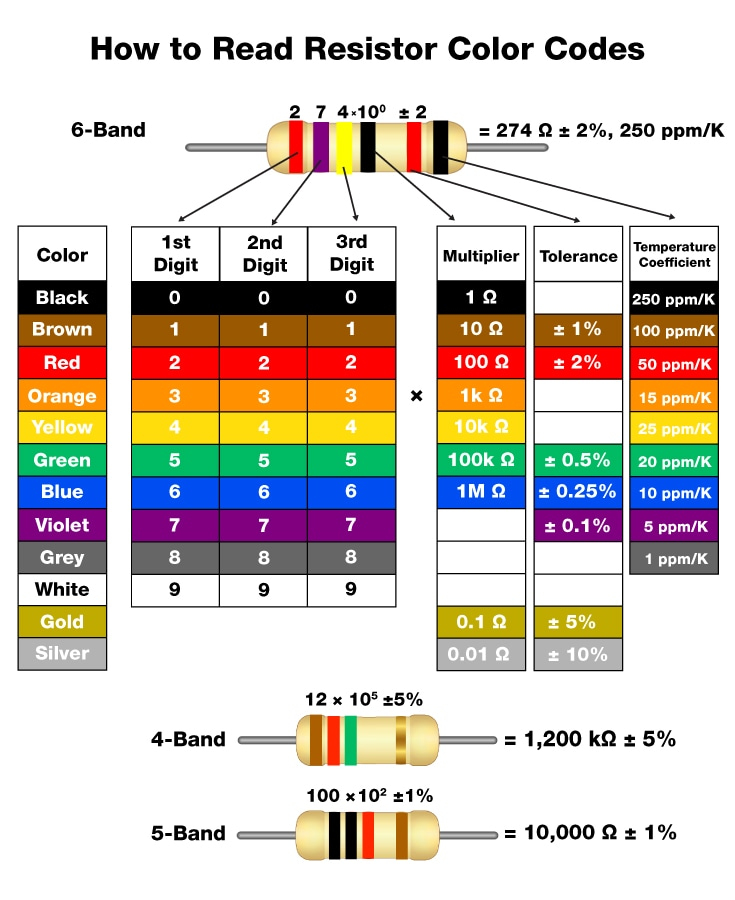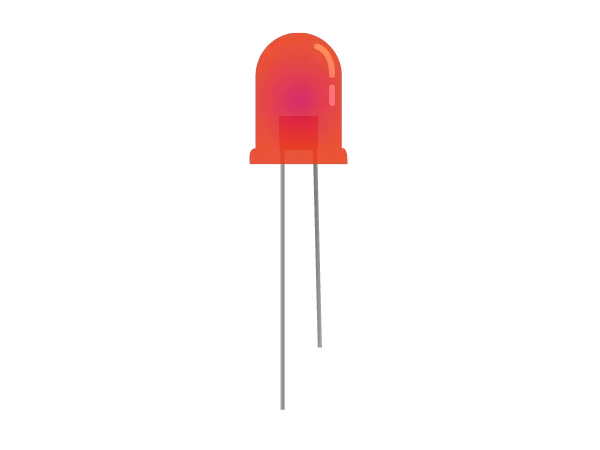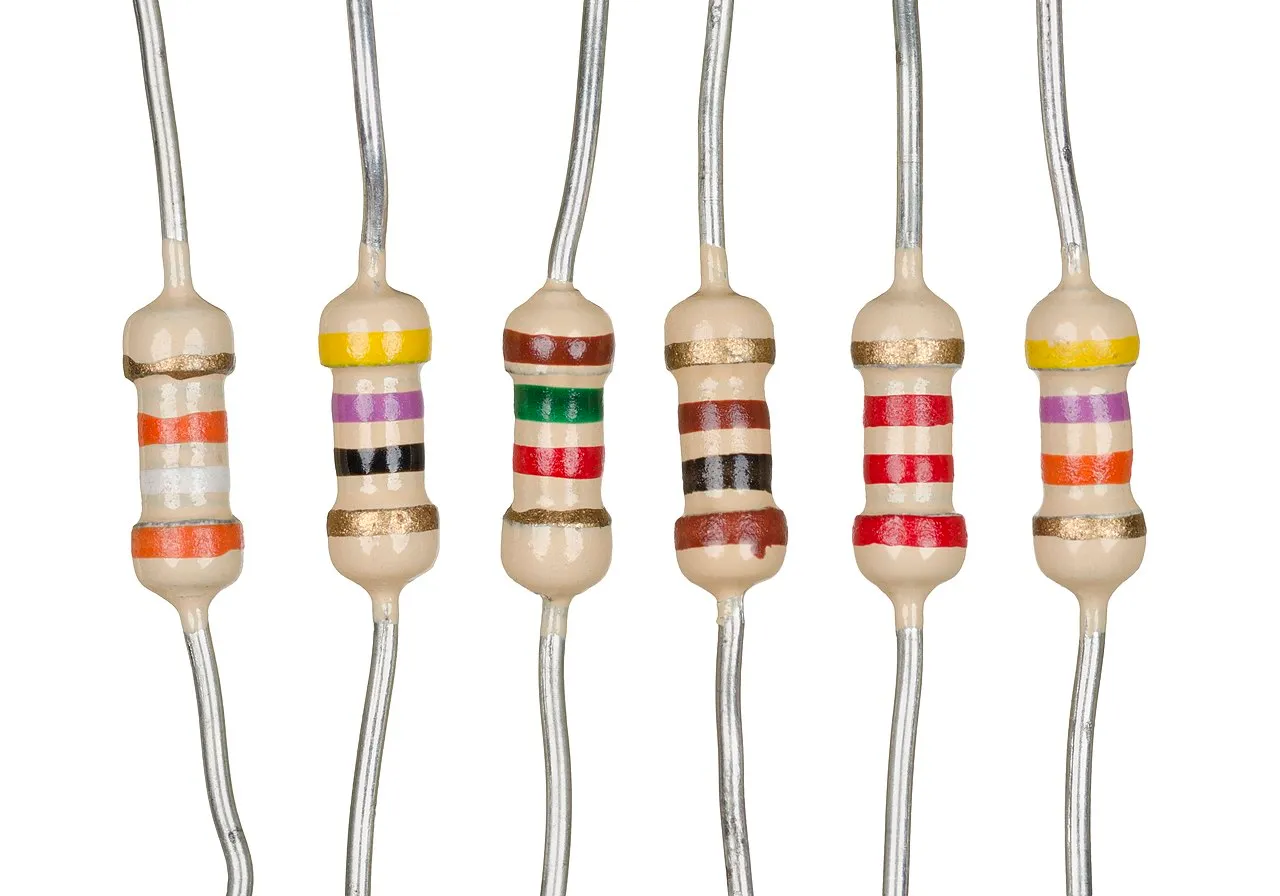Difference between revisions of "Digital technologies/Arduino/Arduino- Beginner/Introduction to Electronics and Circuitry"
(Created page with "{{#lsth:Digital technologies/Arduino/Arduino- Beginner|Digital technologies/Arduino/Arduino- Beginner/Introduction to Electronics and Circuitry}}") |
|||
| Line 1: | Line 1: | ||
| − | {{#lsth:Digital technologies/Arduino/Arduino- Beginner|[[Digital technologies/Arduino/Arduino- Beginner/Introduction to Electronics and Circuitry]]}} | + | {{#lsth:Digital technologies/Arduino/Arduino- Beginner|[[Digital technologies/Arduino/Arduino- Beginner/Introduction to Electronics and Circuitry|Introduction to Electronics and Circuitry]]}} |
Latest revision as of 23:27, 28 July 2022
Introduction to Circuits
A circuit is a pathway where electricity can flow through a closed path from the negative (cathode) to the positive (anode) end of a power source. Elements in a circuit can either supply or expend energy. Energy is measured in Joules (J). Suppliers of energy are called sources; they provide a voltage, or charge electrons with energy. The number of electrons flowing in a circuit is called a current, measured in Amperes (A). A common voltage source is a chemical battery, which is an example of a direct-current power source (DC). It provides electrons with a fixed amount of energy (i.e. a fixed voltage) through a chemical reaction within a battery. Resistance is a value that describes how easy for electrons to move in a material when voltage is applied. Resistors are devices that can be added to the circuit to impede current flow.
Ohm's Law
There are a few ways to calculate the required values for each component, however one of the basic ways of calculating them is Ohm's law.
The relationship that represents the relationship between voltage, current, and resistance is ohm’s law, represented by: V=IR. The power source in a circuit determines the voltage supplied and the current available. The connected components will draw current from the power source.
There are three arrangements of circuits, series, parallel, and combination.
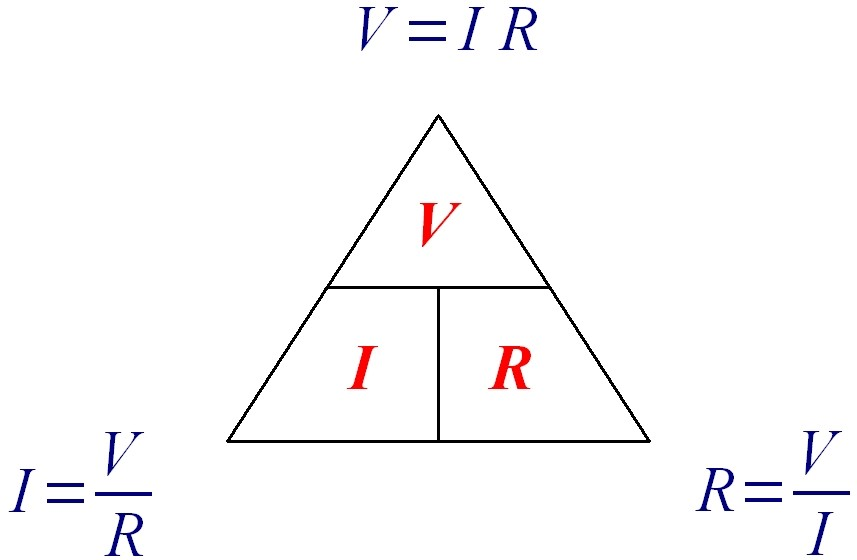
Series Circuits
In a series circuit, the amount of current flowing is the same at all points in the circuit, whereas the voltage supplied by the battery is equal to the voltage drop across each component. A series circuit has only one path for electricity to flow, so if any component fails in the circuit, all other components will also stop operating, as the circuit is now open.
Parallel Circuits
In a parallel circuit, the voltage is the same in all branches, whereas the current is different in each branch.
Introduction to Electronic Components
Breadboard
A breadboard is used to prototype a temporary circuit. The user can build, test and analyze a circuit without any permanent connections. It is made up of terminal strips and power rails. The terminal strips are used to hold any number of components in place and make electrical connections in a horizontal row. The power rails are the long vertical strips and are used to facilitate power (+) and ground (-) connections by placing them all in one column.

In the breadboard page you will find information on various technics to using breadboards or why it's even called a breadboard.
LED
A Light Emitting Diode, or LED, is a semiconductor device that lights up when an electric current passes through it. They come in many different colours and shapes, and are very versatile. LEDs are diodes, which means that current flows through the element in only one way, from the positive to the negative end. On an LED, the cathode end can be identified by either a flat edge on the body, or as the shorter leg. As such, the anode is the other end (the longer leg on the LED).
Pushbutton
A pushbutton is an electronic switch component that completes the circuit only when pressed. In an electric circuit, electricity needs to flow continuously through the circuit in order for all parts to function. The pushbutton interrupts this circuit and forms a gap, so that electricity doesn't flow to the other side of the pushbutton. When the pushbutton is pressed. a small spring is activated that is made of conducting material so that electricity flows through the spring to the other side of the pushbutton.
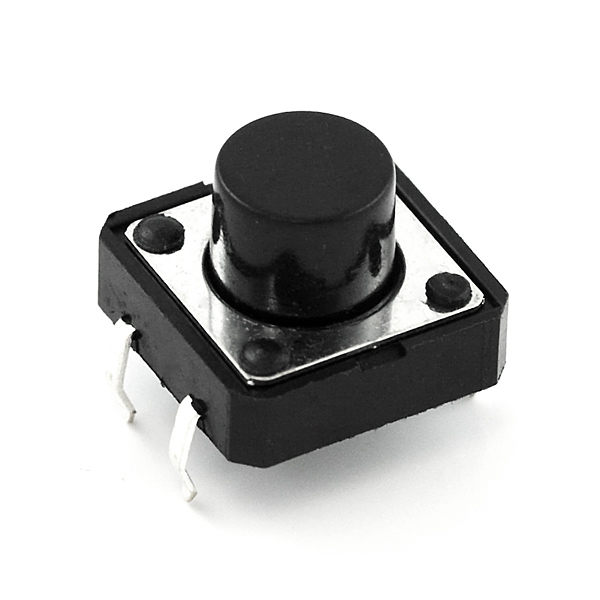
Resistor
A resistor is an electrical component which creates electrical impedance, or resistance to current flow. The amount of resistance a resistor provides can be read from the bands of colour on the resistor, which are read left to right. For four bands resistors, the first and second bands represent digits, while the third band represents a multiplier to multiply the digits of the first and second band by. The fourth band is the tolerance, it represents how much the resistor may deviate from the value indicated by the bands. The value of the resistor can also be determined using the ohmic function of a multimeter.
Resistors are often used in series with components to reduce the amount of current flowing through a circuit, often to protect components rated for lower current amounts. Pull-up and pull-down resistors are used to bias an input on the Arduino to be either HIGH or LOW respectively. This needs to be done as the resting level of the input isn’t necessarily 0. This is especially useful when working with sensors that have an analog output.
